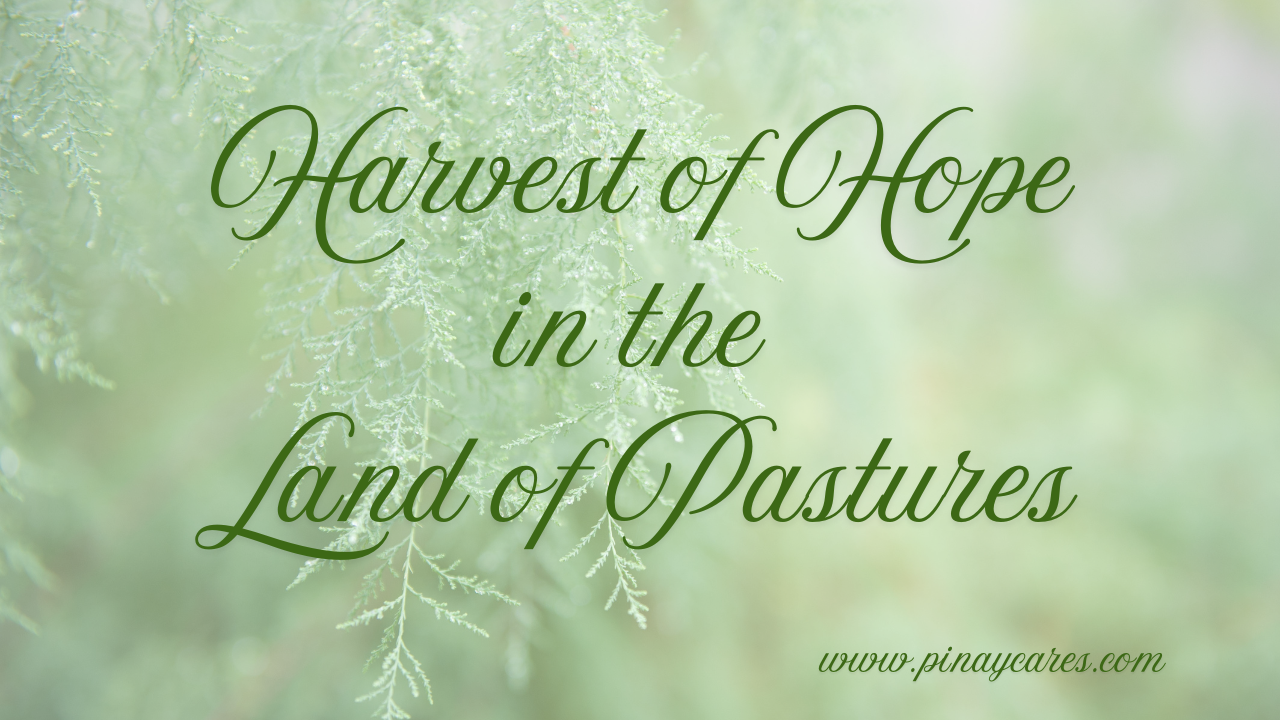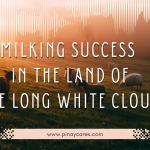In his small barangay in Pangasinan, Enrique “Ricky” Dalisay had grown up with mud under his nails and rice stalks waving around him. His family farm was modest its wooden slats patched with bamboo, dry crops withering during dry seasons. When drought struck, every peso they saved felt like a grain of hope.
Years passed, and with two younger sisters entering college, Ricky knew things had to change. When an opportunity arrived through an agency looking for farm workers in New Zealand, he applied almost instinctively, even as childhood memories tugged at his heart.
Landing in the South Island’s autumn chill was a shock Hebron’s mist-covered paddocks stretched under open skies, and machinery hummed through orchards and pastures. Ricky was assigned to a dairy farm near Gore. Gone were the hand-carved tools of home. Here, robotic milkers, laser-guided tractors, and computerized feeding systems defined the rhythm.
His first foray into the fields was humbling. From dawn to dusk he learned the science of milking, soil testing, and pasture rotation schedules. He rotated between feeding calves, maintaining fences, and monitoring milking cycles. His fingertips, once hardened by cutting rice stalks, now stung from metal gates and cold machinery but he embraced it.
The farm community became his second family. kiwis greeted him with gentle jokes, offered him vegetable harvests, and bonded over Friday teas. Fellow Filipino workers brought laughter, shared advices in Tagalog, and reminded him of home.
Back then, a Filipino farmworker’s salary was already impressive for the Philippines earning over NZ$65,000 a year, as reported by Federated Farmers. Some workers even climbed the ranks like Christopher Vila, a farm assistant turned award-winning manager, and Kristine Asuncion, who became a dairy leader and community advocate.
Yet the fields weren’t always golden. In 2017, reports surfaced about Filipino dairy workers not receiving proper safety gear or fair wages some working long hours, handling machinery without training, or renting overpriced housing. Ricky witnessed the tension of these pressures. But he also found mentors like the farm owner who spent days teaching him safe machinery use, and the community leader who offered emergency legal assistance.
Over time, Ricky adapted. He mastered pasture management, equipment maintenance, and eventually earned a share milking role. With his savings, he planned to bring his family to visit and invest in the family’s land back in Pangasinan introducing irrigation systems and solar pumps inspired by Kiwi farms.
Ricky’s journey wasn’t just about greener pastures abroad it was about cultivating a harvest of hope, resilience, and learning. By adapting, leading, and giving back both in New Zealand and back home he planted a legacy that would grow across generations.



